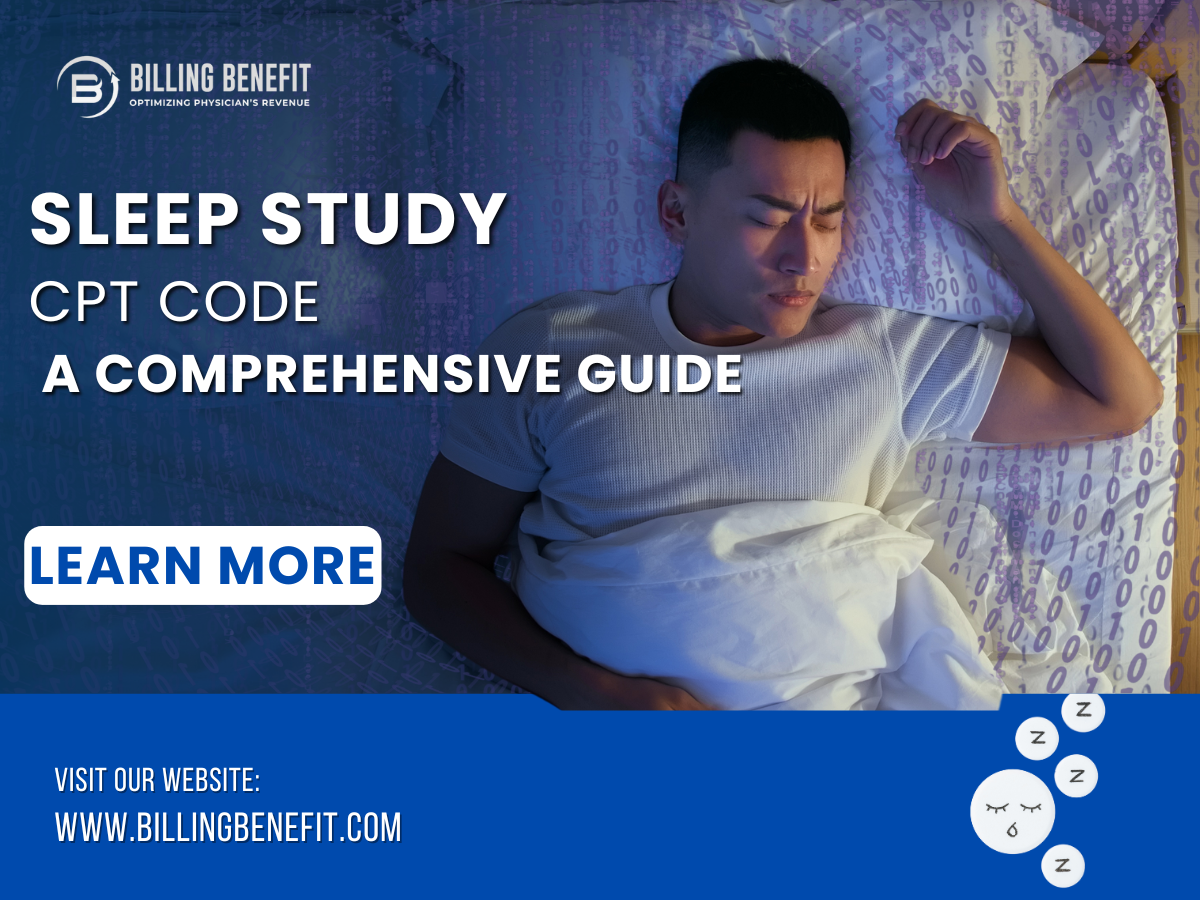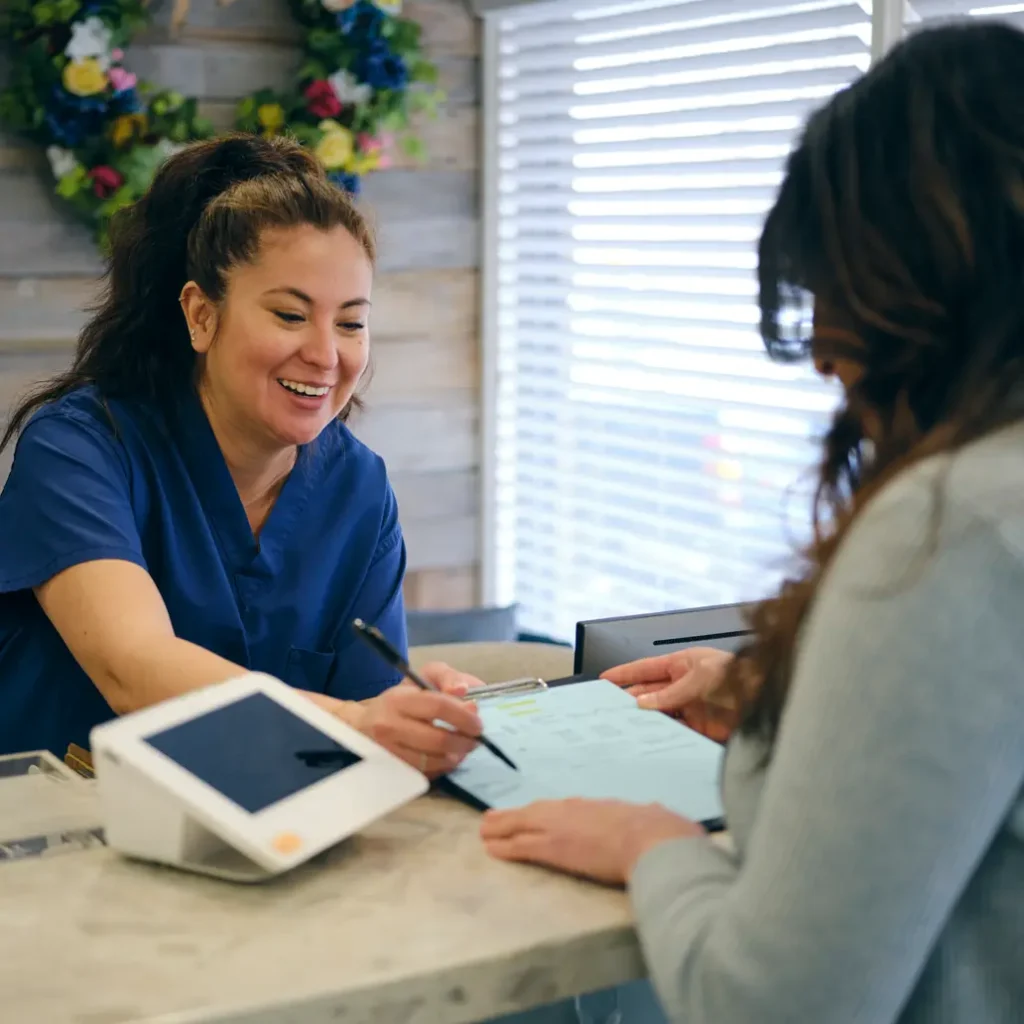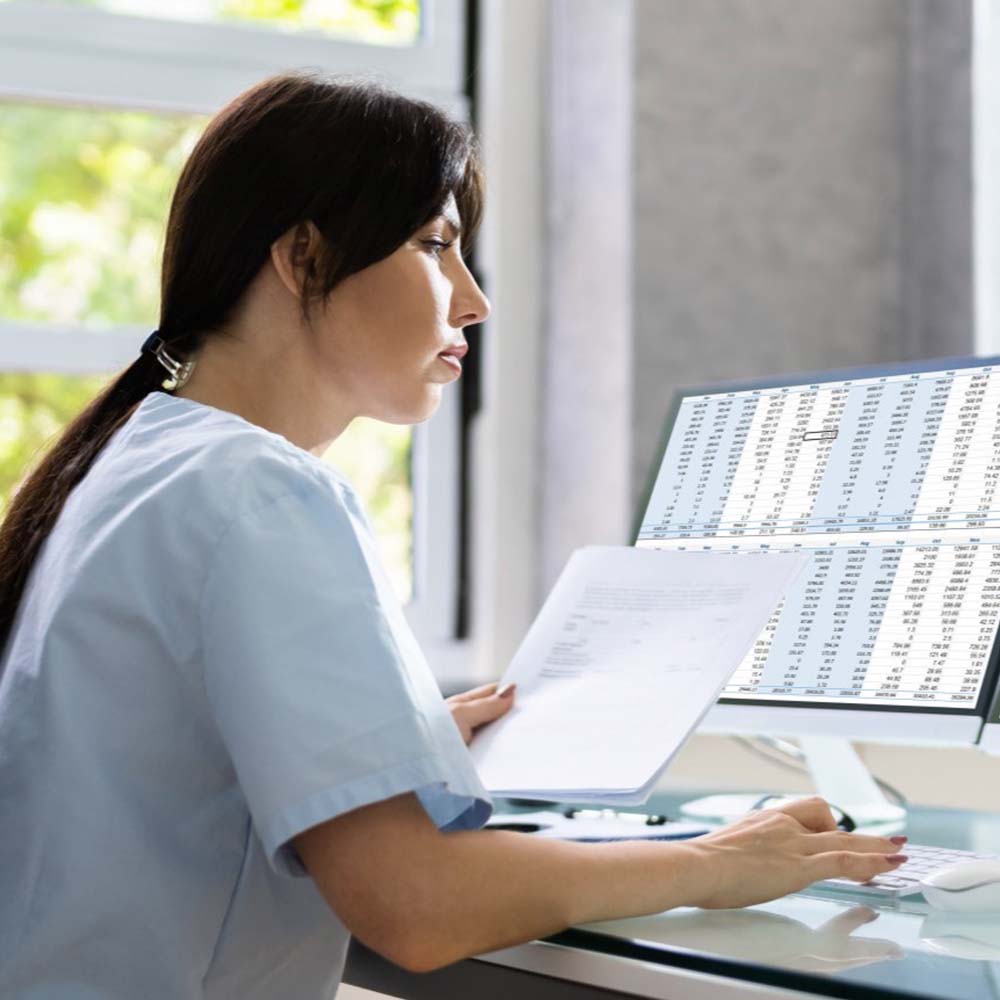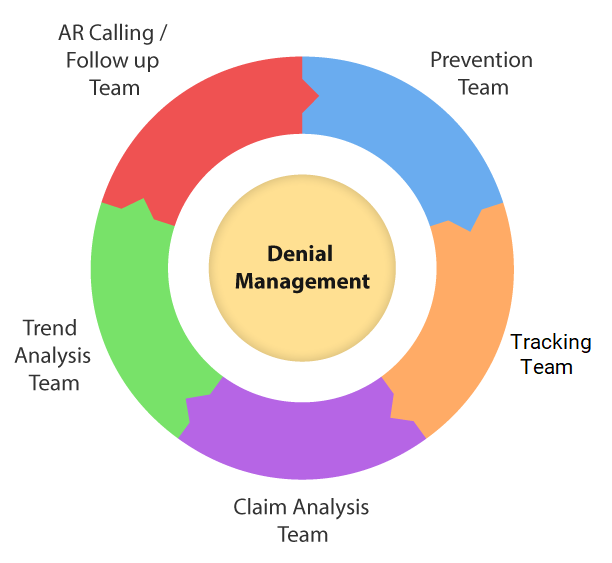In the realm of sleep medicine, precise coding plays a vital role in diagnostic and treatment procedures. Sleep study CPT code, specifically Current Procedural Terminology (CPT) codes, ensure that healthcare providers receive accurate reimbursement for the services they provide. For patients undergoing sleep studies, understanding the sleep study CPT codes is crucial. Not only for understanding billing but also for ensuring the accuracy of diagnosis and treatment plans.
What Are Sleep Study CPT Codes?
CPT codes are a standardized set of codes created and maintained by the American Medical Association (AMA). These codes are used by healthcare providers to describe the services they perform, such as sleep studies, for reimbursement purposes. In the context of sleep medicine, these codes range between 95782 and 95811. Covering both attended and unattended sleep studies, including various diagnostic parameters such as polysomnography and home sleep apnea tests (HSAT).
Sleep study CPT codes help categorize procedures based on how they are conducted. The type of monitoring involved, and whether a technologist is present during the test. These codes are critical for ensuring proper documentation, facilitating insurance claims, and maintaining the quality of care.
Common Sleep Study CPT Code
Sleep Study CPT Code 95800:
Used for unattended sleep studies where heart rate, oxygen saturation, respiratory analysis, and sleep time are recorded. This code applies when the study is conducted at home without a technologist.
Sleep Study CPT Code 95801:
Similar to 95800, but this code is used when only the minimum parameters, such as heart rate and oxygen saturation, are recorded.
Sleep Study CPT Code 95806:
This code represents an unattended sleep study involving more comprehensive recordings, including heart rate, oxygen saturation, respiratory airflow, and respiratory effort. This is commonly used for home sleep apnea testing (HSAT).
Sleep Study CPT Code 95782:
Polysomnography conducted on children under the age of 6, which monitors sleep stages and at least four other parameters, with a technologist present.
Sleep Study CPT Code 95810:
Polysomnography attended by a technologist for individuals over the age of six, used when the study includes at least four sleep parameters.
Sleep Study CPT Code 95811:
A more specialized code for polysomnography that includes CPAP therapy or bi-level ventilation, again requiring a technologist’s attendance.
Understanding Polysomnography and Home Sleep Apnea Testing
Polysomnography (PSG) is the gold standard for diagnosing sleep disorders such as obstructive sleep apnea (OSA).
While carrying out the test a Wide array of Physiological data that is recorded. Includes brain waves (EEG), eye movements (EOG), muscle activity (EMG), heart rate, respiratory effort, and oxygen levels.
if the situation is more complex or the breathing disorder is severe like in the case of central sleep apnea or complex sleep apnea. It is recommended that you carry out a full polysomnography. These are usually billed under codes like 95810 or 95811.
Conversely, home sleep apnea testing (HSAT) offers a more cost-effective and convenient option for diagnosing OSA. It involves fewer monitored parameters and is typically conducted without the presence of a technologist. HSAT is coded using CPT codes 95800, 95801, or 95806, depending on the parameters measured during the study.
Billing and Reimbursement for Sleep Studies
The choice of CPT code directly affects billing and insurance reimbursement. Documentation accuracy is crucial for healthcare providers to receive proper reimbursement for sleep studies. For example, if less than six hours of recording data is captured during a sleep study. A modifier such as 52 (for reduced services) may be necessary to reflect the incomplete test and adjust the reimbursement amount.
For patients, it’s important to understand how their insurance plan covers sleep studies. Many insurance companies recognize the necessity of sleep studies. In diagnosing disorders like OSA and offer coverage, especially for home-based studies. However, in-lab tests like polysomnography may require pre-authorization, and different insurance providers. Have varying policies regarding coverage and reimbursement for sleep tests.
Key Modifiers in Sleep Study Billing
In certain situations, specific modifiers are added to CPT codes to denote variations in service. Some of the common modifiers include:
- 26: Indicates the professional component of a service when only the physician’s interpretation is billed separately.
- TC: Denotes the technical component when only the technical services (equipment and facilities) are billed.
- 52: Used when a service is reduced, such as incomplete or shorter recording time during a sleep study.
FAQs
What is CPT code 95806 used for?
CPT 95806 is used for unattended home sleep studies that involve simultaneous recording of heart rate. Oxygen saturation, respiratory airflow, and respiratory effort, usually in diagnosing obstructive sleep apnea.
When should CPT 95811 be used?
CPT 95811 is reserved for split-night studies where CPAP therapy is initiated during polysomnography. Typically when obstructive sleep apnea is diagnosed mid-study.
How is CPT code 95800 different from 95806?
CPT code 95800 records multiple parameters including sleep time. While 95806 focuses on respiratory airflow and effort, with no sleep time measurement.
Are home sleep studies covered by insurance?
Many insurers cover home sleep studies, especially for diagnosing obstructive sleep apnea. However, in-lab tests like polysomnography may require pre-authorization.
What is a split-night study?
A split-night study, billed under CPT code 95811. Involves diagnosing sleep apnea during the first half of the night and initiating CPAP therapy in the second half.
Do sleep studies require a technologist to be present?
It depends on the type of study. Home sleep studies like those billed under CPT 95800 or 95806 are unattended. While in-lab polysomnography (codes 95810, 95811) require a technologist.
Conclusion
Understanding the sleep study CPT codes is essential for healthcare providers, coders, and patients alike. Accurate coding not only ensures proper billing. Reimbursement but also aids in obtaining the right diagnosis and treatment for sleep disorders. As sleep medicine continues to evolve, staying updated with the latest coding practices and insurance guidelines will be critical. To optimizing patient care and financial management. For further reading, visit resources like the American Academy of Sleep Medicine (AASM) and CMS. For updates on sleep medicine coding and reimbursement policies. These organizations frequently update guidelines to reflect technological advancements and policy changes in sleep diagnostics.










